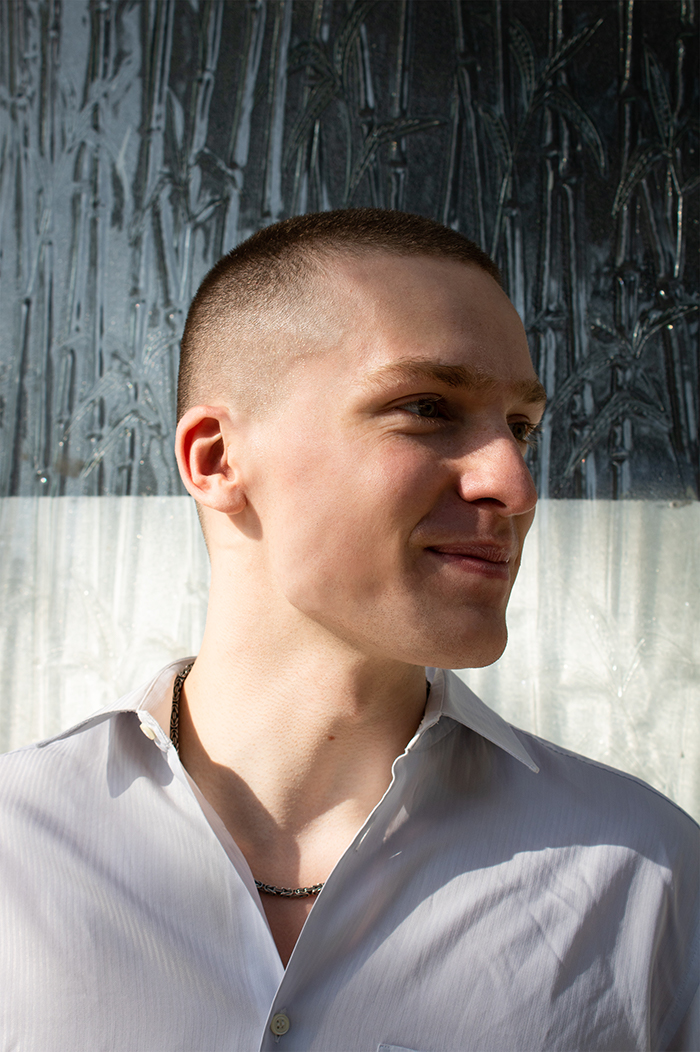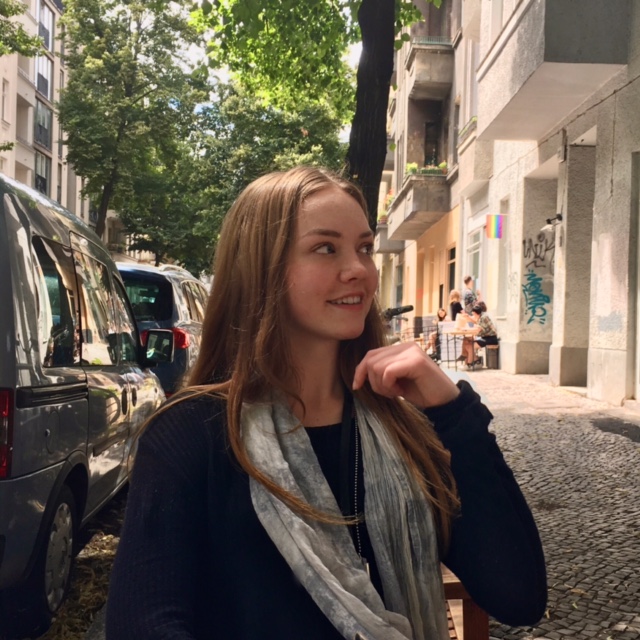
Ars Electronica Garden BERLIN
ARTIFICIAL REALITY – VIRTUAL INTELLIGENCE
8.-12. September 2021
18-22 CEST
Stiftung Reinbeckhallen – Sammlung für Gegenwartskunst
Reinbeckstr. 11, 12459 Berlin



paradigm shift (2020)
Maria Bürger
(DE)
The experience “paradigm shift” explores a changing relationship between the participant and a virtual assistant similar to Siri or Alexa. The virtual assistant represents an application of artificial intelligence and accompanies the viewer’s journey through the scenario via a real-time dialogue interface. Over time, the assistant’s attitude towards the viewer changes. The degree of control which the assistant transfers to the viewer varies accordingly: free choice turns to manipulation; authority to powerlessness.
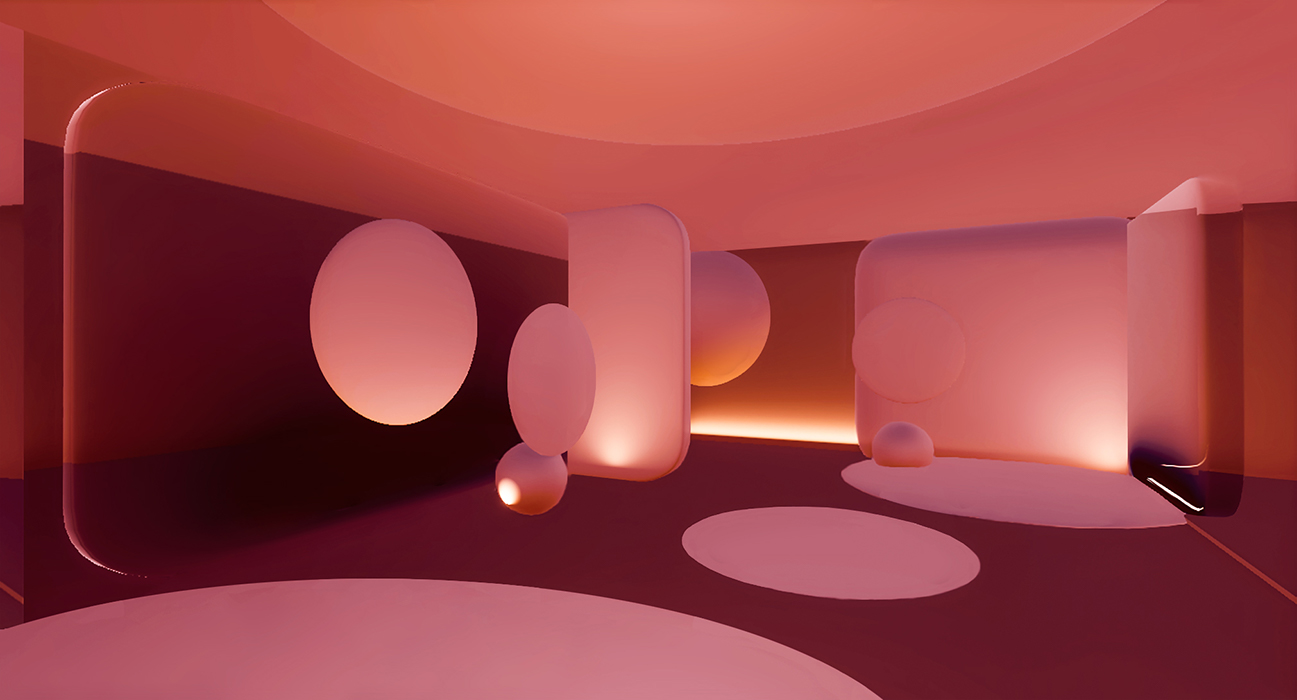
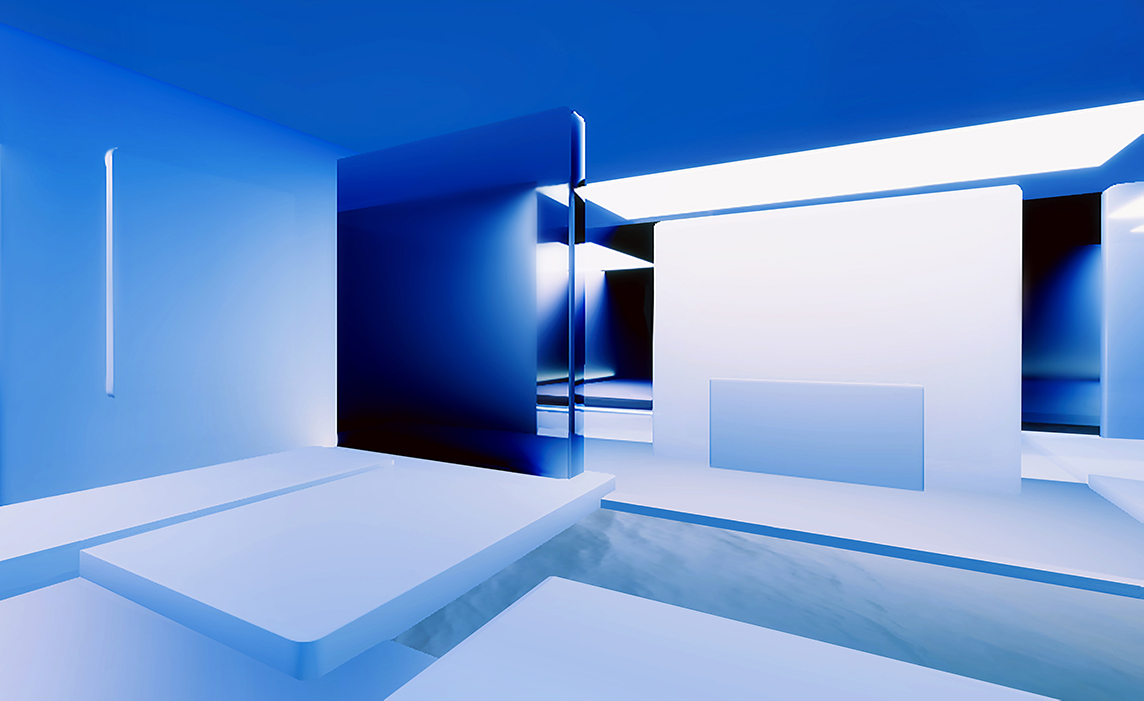
Lucid Dream (2020)
Elena Kunau (RU)
&
Mariya
Yordanova
(BG)
„Lucid Dream” is a narrative VR experience based on BCI (Brain-computer interface) interaction. The experience acts as a simulator of a lucid dream environment, where a person is challenged to fly to the Moon. The flying journey is based on the person’s own brain activity. It is about finding an individual way of how to achieve and preserve a stable concentration state. The aim of it is to give people a platform to explore their creative potential and to achieve better self-awareness.
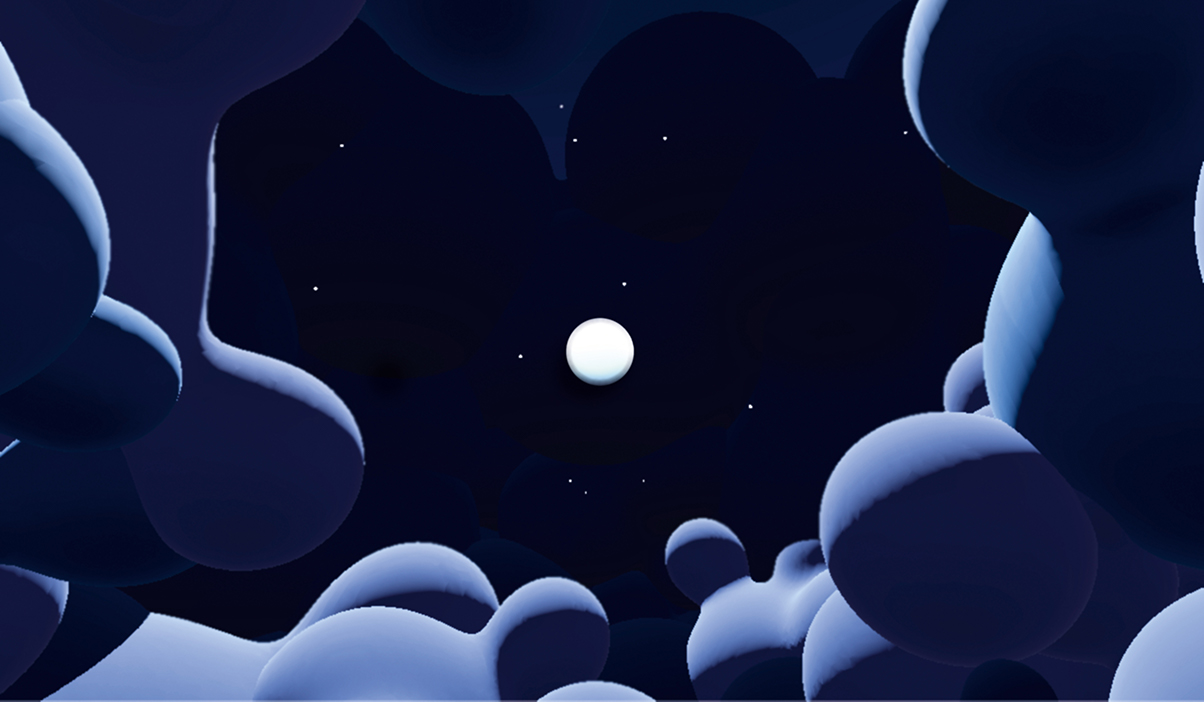

VR Experience (2019)
Felix Sewing (DE)
The VR Experience confronts visitors with the task of experiencing their own modes of
perception
in the context of virtual reality. The increasing divergence between objective and
virtual
reality in the course of use raises the question, which reality do I believe and thus
trust?
Is
virtual reality believable, even if I basically know that it is an illusion?
The moment when the vast majority of people fail, because they actually trust the
virtual
reality more than their knowledge of the real world around them. The realisation lies in
overcoming to let oneself fall anyway.

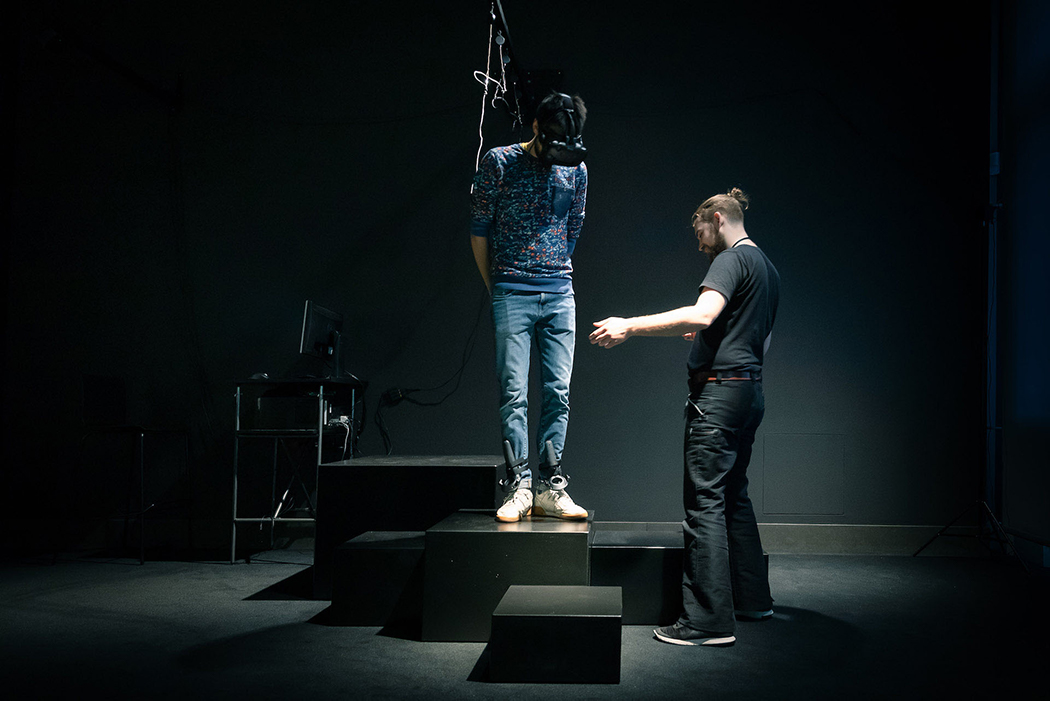
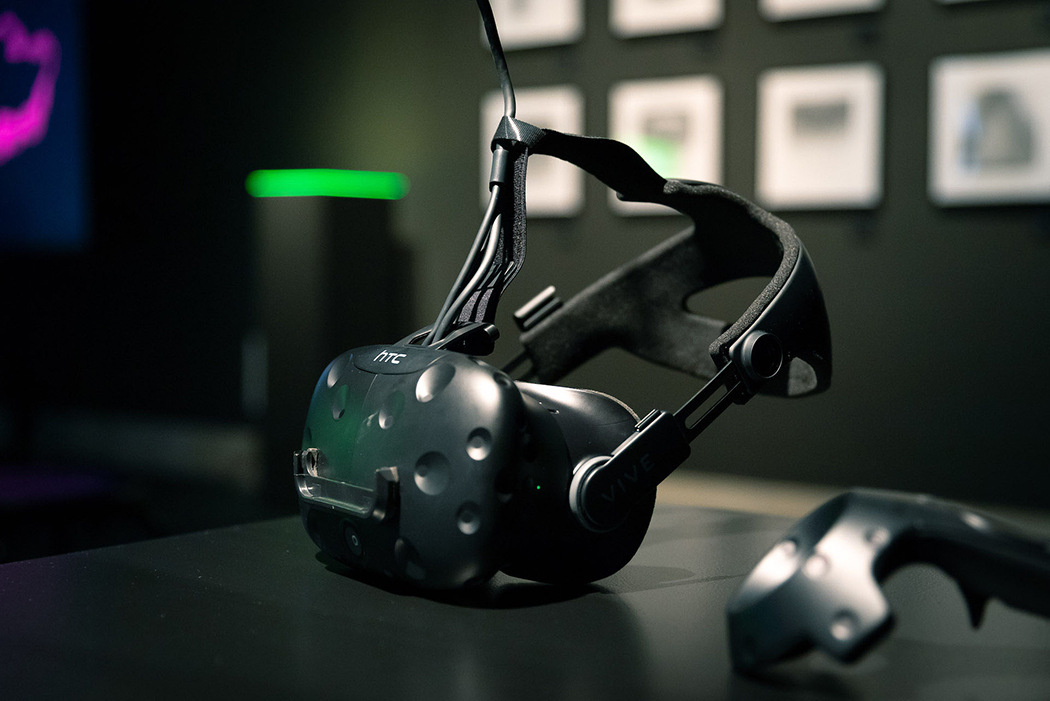
Lakune (2020)
Hoang Quynh Nguyen
(DE)
The portrait of two young women – a loving team that complements each other with all their habits and rituals like two puzzle pieces. This is a declaration of love of a couple – a snapshot of their present and a speculation about our future, because what could happen if a piece of the puzzle is suddenly taken away? A short film about love, loss and the lacuna that’s left.
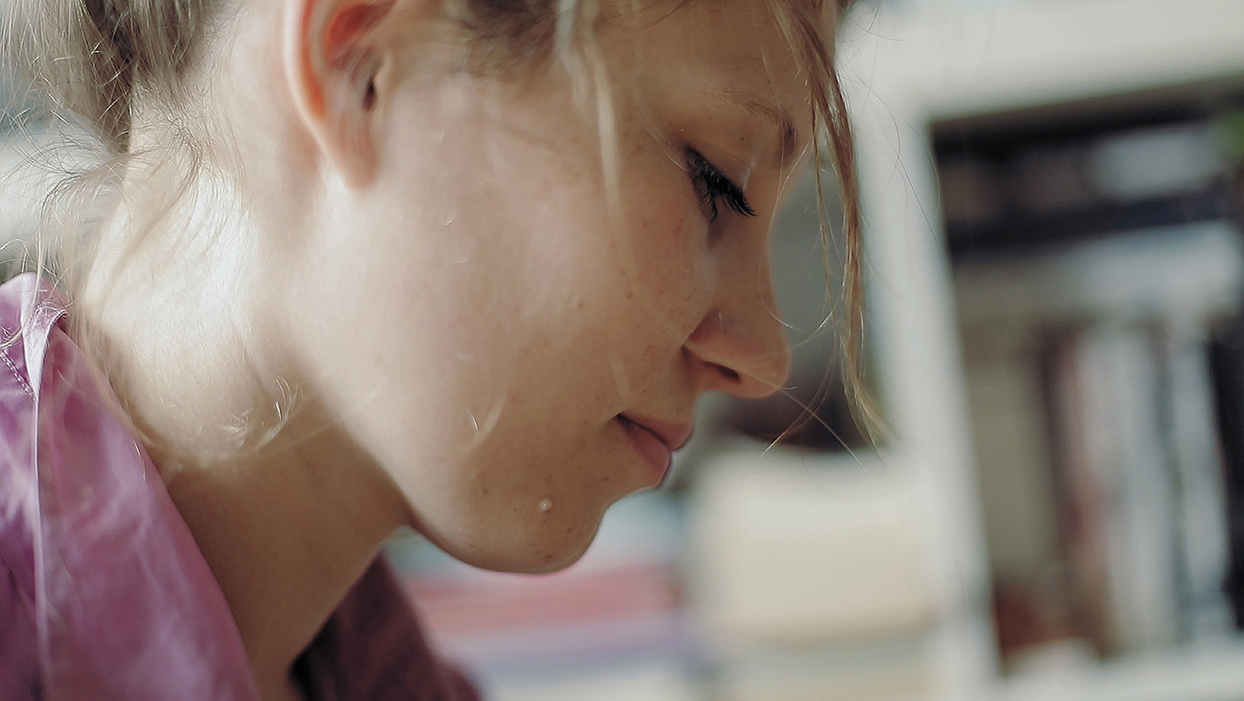
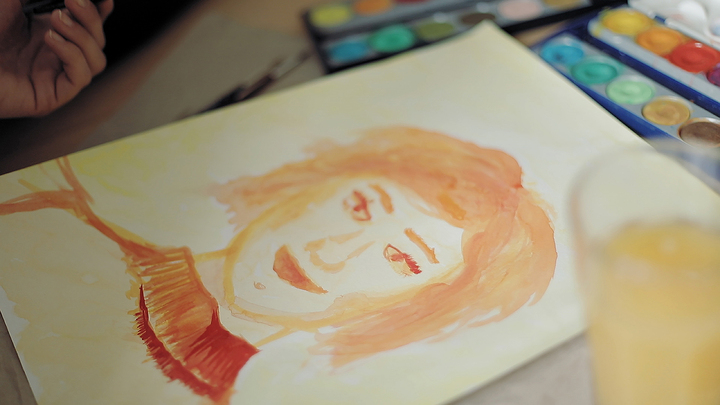
Inherited Assumptions (2021)
Sabrina Prinz
(DE)
&
Jana Staltmayer
(DE)
What's your name? What do you want? Show us what you look like – let us trace what you
like best. We know you. Your data says it all. You are the median. Like all others that
came
before you
and all others that are yet to come. So predictable – never special. Our new neutrality
is
white, is male, is cis-hetero, is able-bodied, is rich. It is misinterpreting
individuals.
Is it
misinterpreting you? Is it making assumptions that you cannot escape? That cost you a
job?
Land you in prison? Feed you stereotypical advertisement? Influence your vote? Censor
your
nipples?
Welcome to our new neutrality. Everything is calculated on our collective past. Old
assumptions
are here to stay. Engrained in our digital second-life.
Welcome. We hope you like what you see.
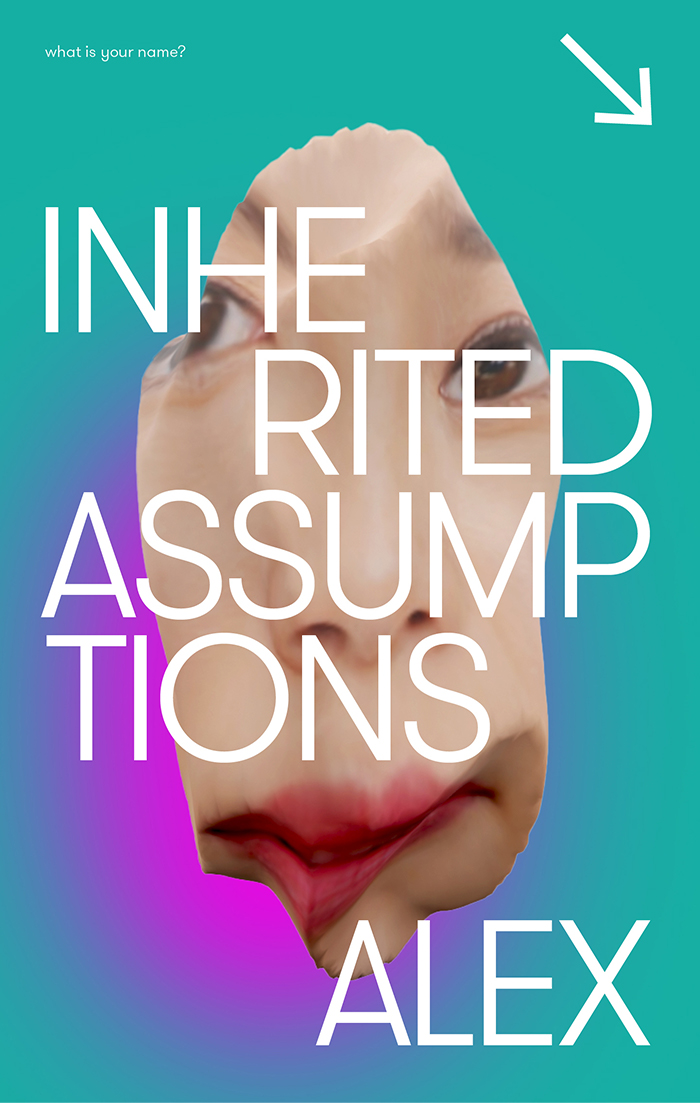
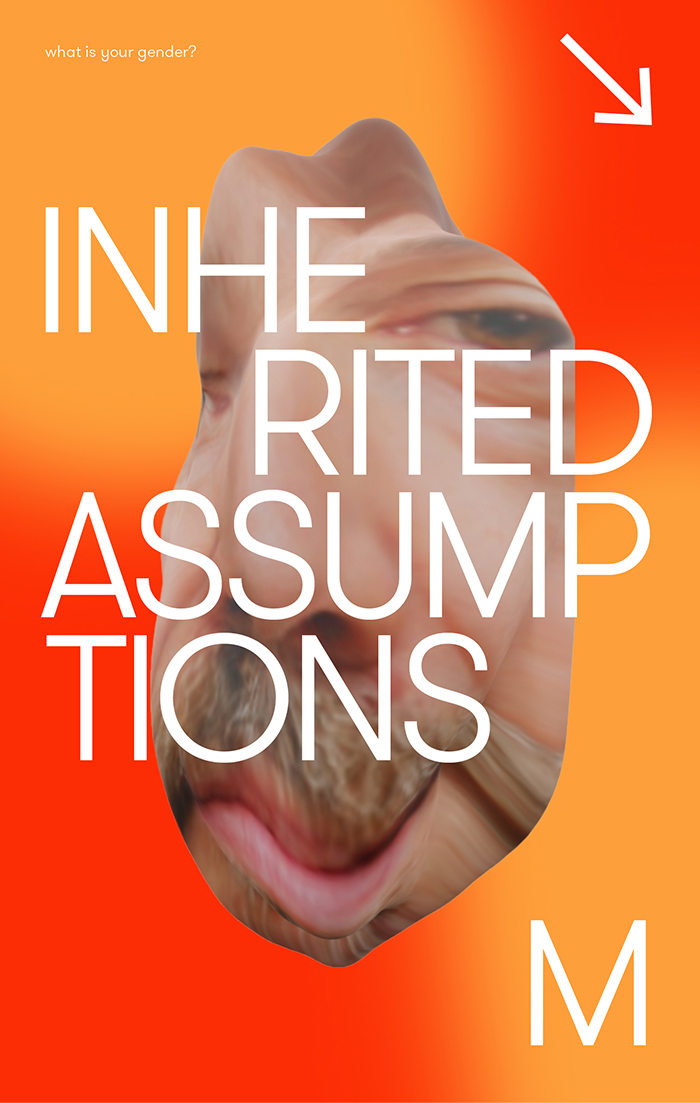

artificial thicket (2021)
Lukas Ruoff (DE)
With the advancement of digital transformation, virtual spaces are expanding into
reality.
This
forces us to confront the question of how these spaces may be able to replace their real
counterparts. What is the value of real spaces if artificially created environments will
be
able
to achieve the same stimuli? Where does virtuality reach its limits?
Nature might be the most stimulating environment of all and as such represents an ideal
subject
of consideration when pondering the limits of virtuality. Artificial thicket lets the
experiencer take a look behind the facade of virtual nature and enables a deeper
perspective
on
artificial environments.
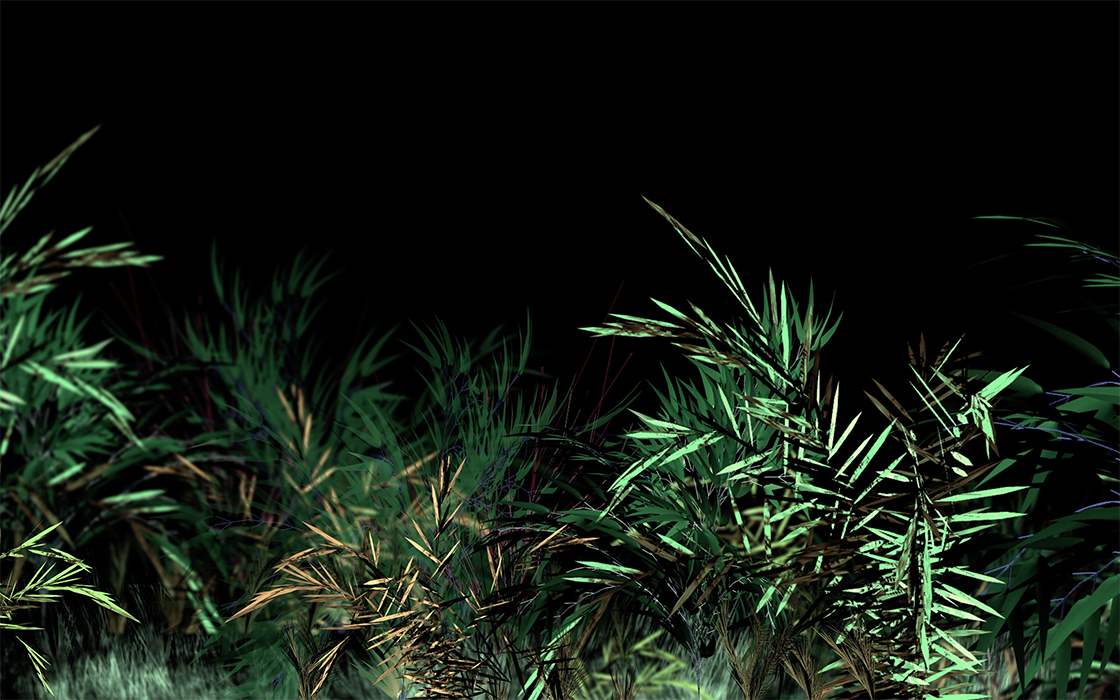

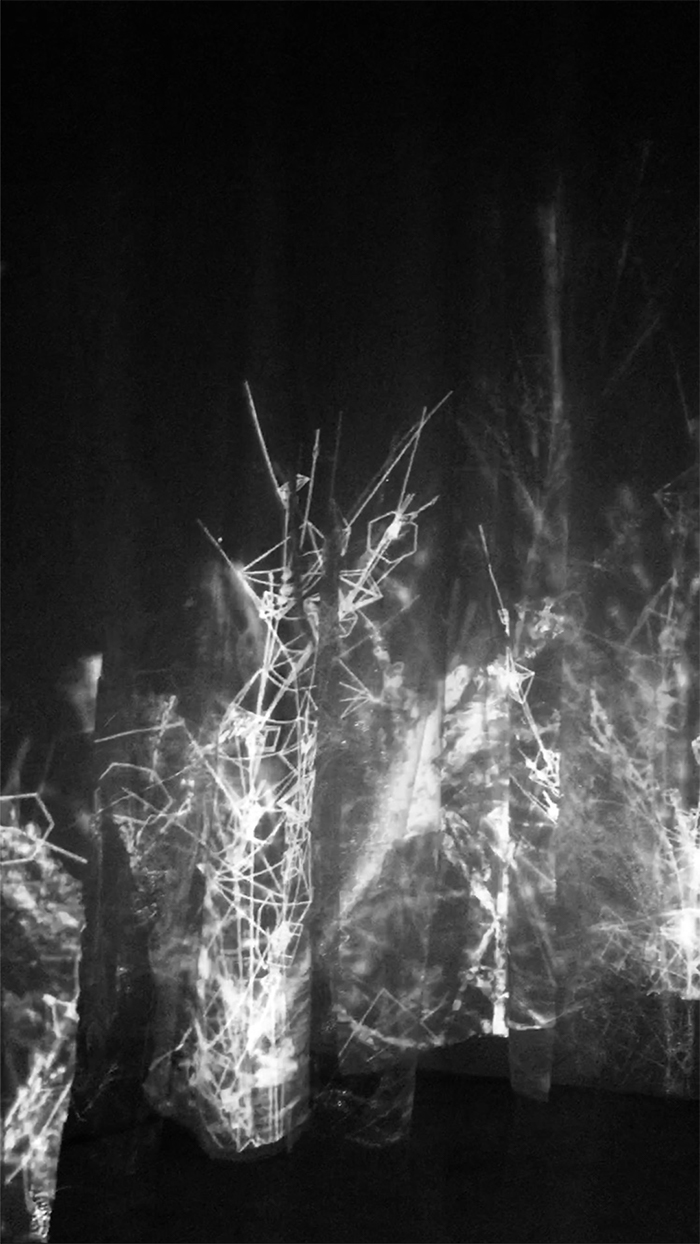
Teleprescence Robot
"Gardener"
Control our "gardener" during our opening times and be a virtual visitor of our exhibition!
1. Choose below the activation link of the respective day.
2. Enable microphone and camera on your device.
3. Press "Connect".
4. Now you will be connected to the "gardener" and you can navigate through the
exhibition.
If a login mask appears at this point, the "Gardener" is already in use – try again
later.
Navigation is very easy, click on one of the circles on the floor or use the navigation
keys. The visitors on site see and hear you and can get in touch with you.
Wednesday, 8th September
Thursday, 9th September
Friday, 10th September
Saturday, 11th September
Sunday, 12th September

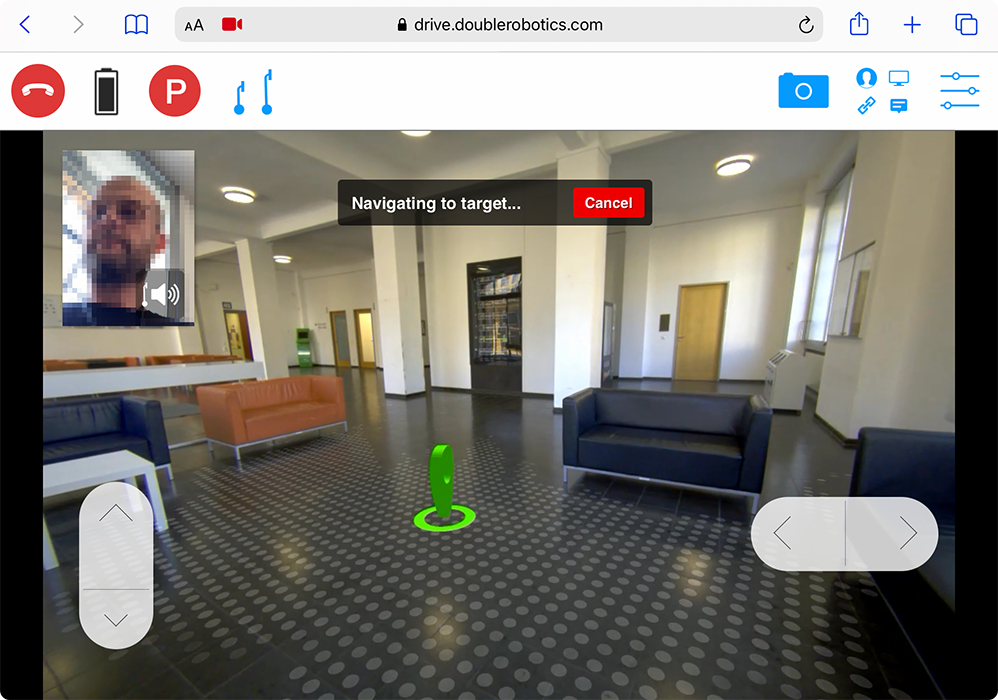
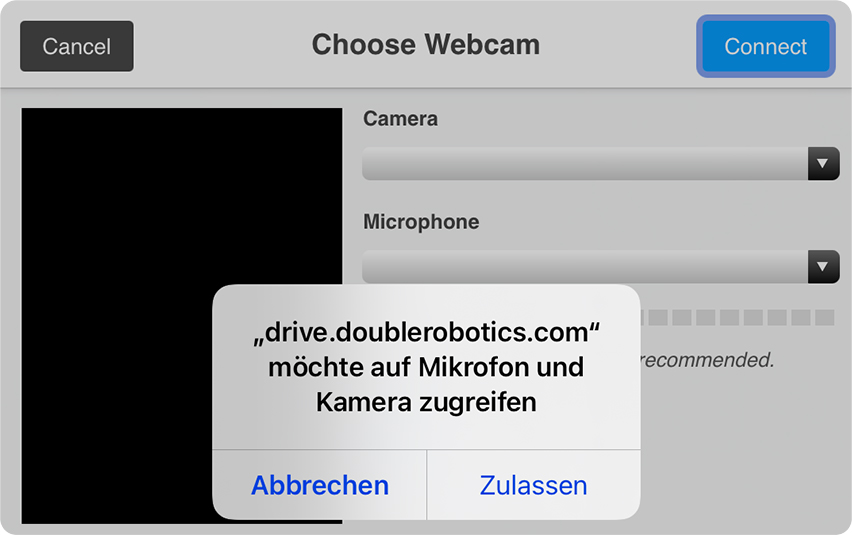
Jajali (2021)
Liza Arand (DE),
Jasmin
Papadimitriou (DE) &
Javier Rivera Vollmer (DE)
When we interact with robots, they inevitably trigger
feelings in us. This can be blamed on our ability to empathise and the innate ability to
see
faces in inanimate objects. If a machine leads us humans to believe that they have
feelings
and
that they depend on the way we treat them, this empathic effect can be intensified. The
installation “JaJaLi” tests and explores the relationship between human beings and
robots.
How
do people behave towards a defenceless machine that supposedly has feelings? What do
these
behavioral patterns say about our society?
A website functions as an interface between the users from everywhere and the robot. The
reaction to a user’s input will be then streamed live to the currently connected
interaction
partner as well as to every spectator who is on that website.
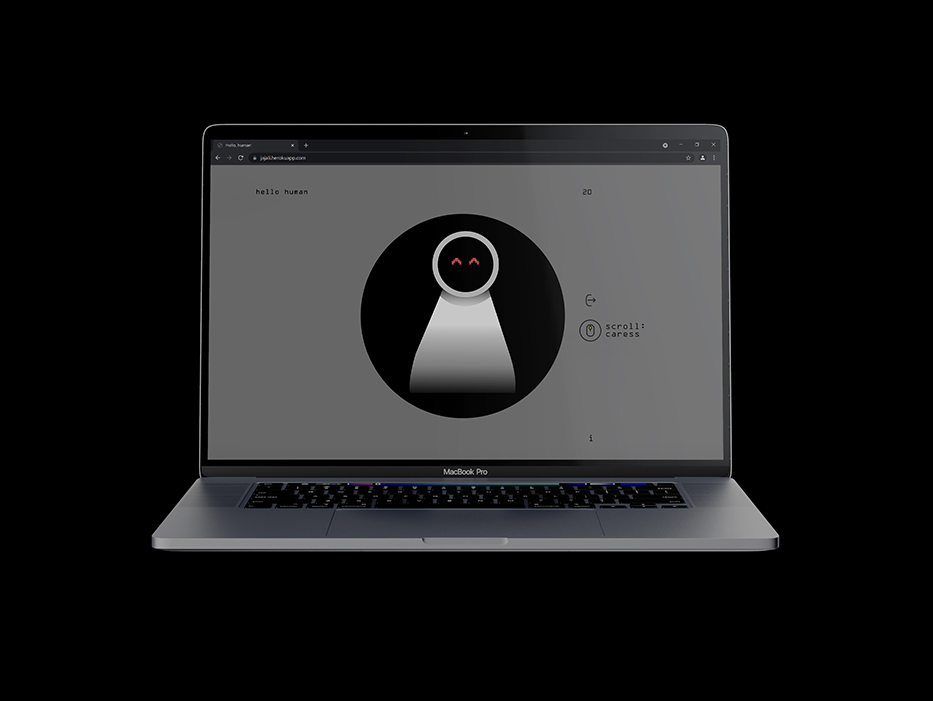
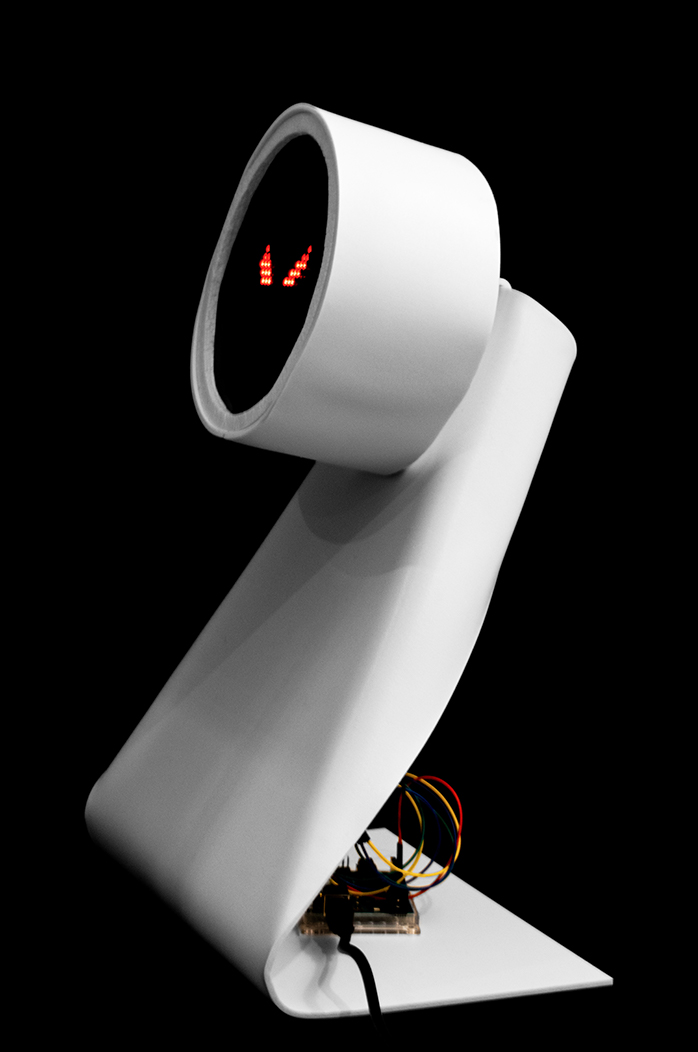
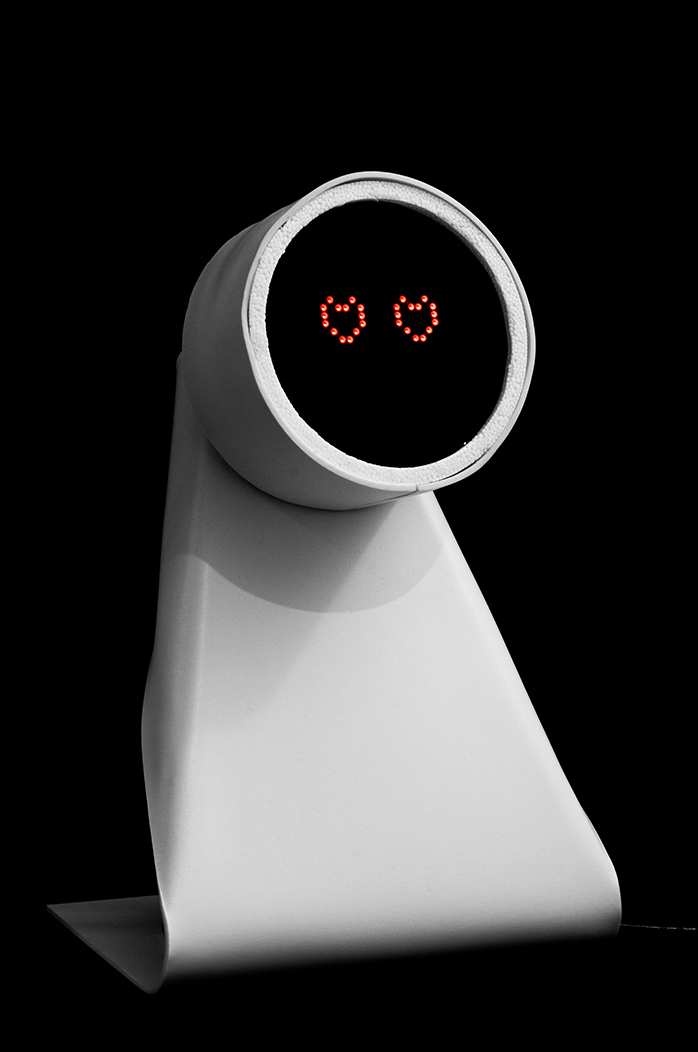
Lost in Truncation (2021)
Jessica Dierich (DE) &
Daniela Vogel (DE)
Lost in Truncation is an installation containing two Artificial Intelligences, merged
together
to assess and reveal the participant's future face. Do you dare to take a look at
yourself?
What
are you willing to share about yourself in exchange?
The project offers a critical view on what is happening to our personal data as we
navigate
online spaces. Data is taken from us and used to reduce us to a label. Considering that
no
system can capture us completely, a truncation of our personality takes place, and thus
can
only
draw loose conclusions from fragmentary data.

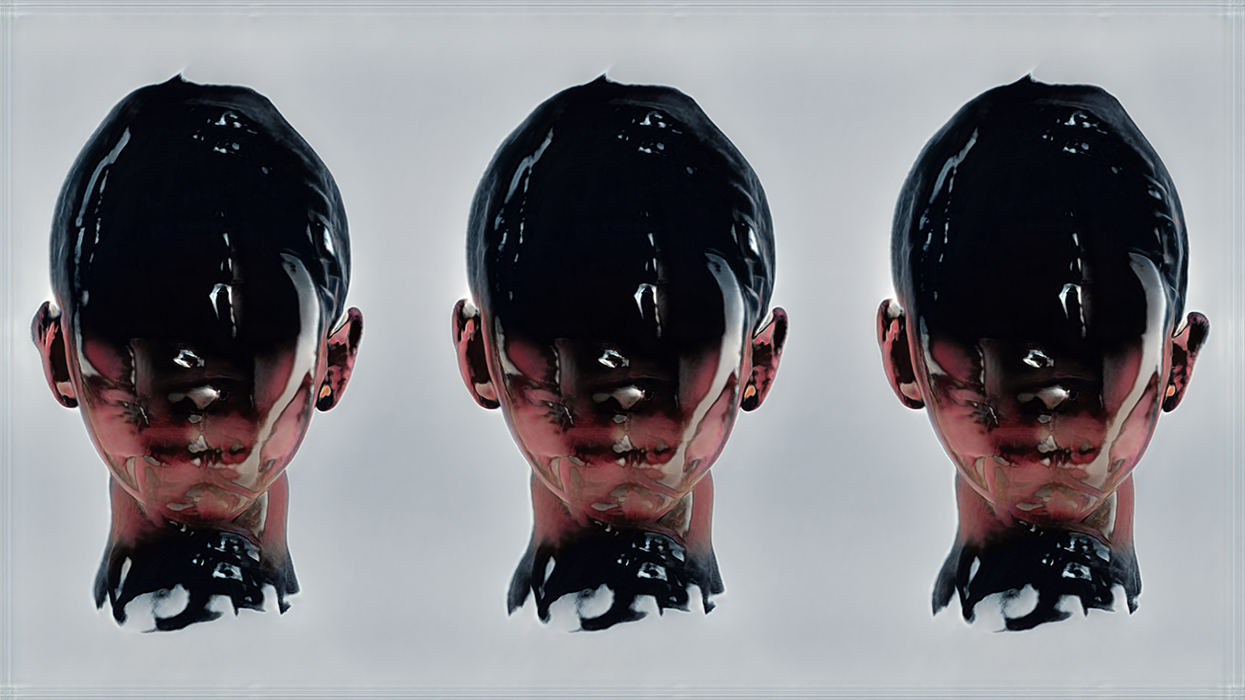
Sensus Autem Machina (2021)
Leon Volbers (DE)
We live in an age in which cameras are omnipresent in public space and it seems that the
people
got used to the video surveillance around them. Whether in large places, in small shops
or
in
their private space, surveillance cameras promise people security. In addition, in
recent
years
due to the increased performance from computer, machine learning has found its way into
our
lives and technology seem to be getting more and more "intelligent". A technological
consequence
is the use of the increased "intelligence" to raise the efficiency of the surveillance.
In the installation “Sensus autem machina” (perception of the machine) I want to ask
what
kind
of narrative arises when machines evaluate the image material from surveillance cameras
and
make
statements about what is represented on the basis of the object recognition. The goal is
to
raise questions about how “intelligent” these machines really are and what conclusions
do
machines draw from what they “see”?

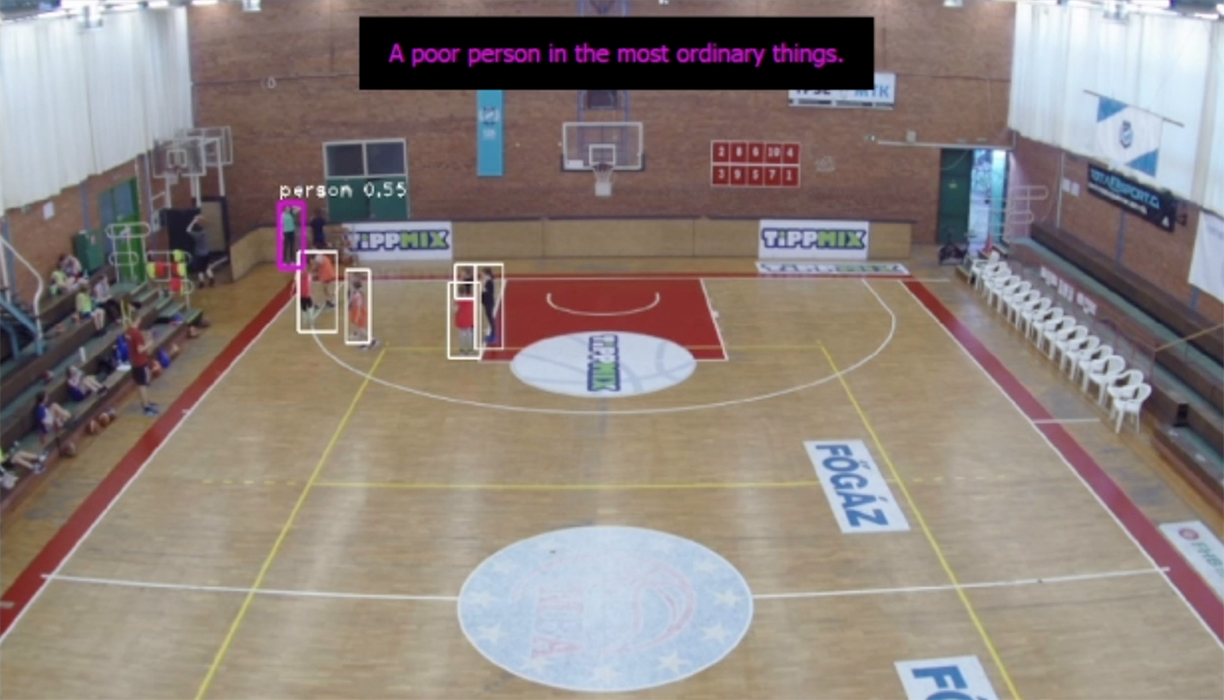
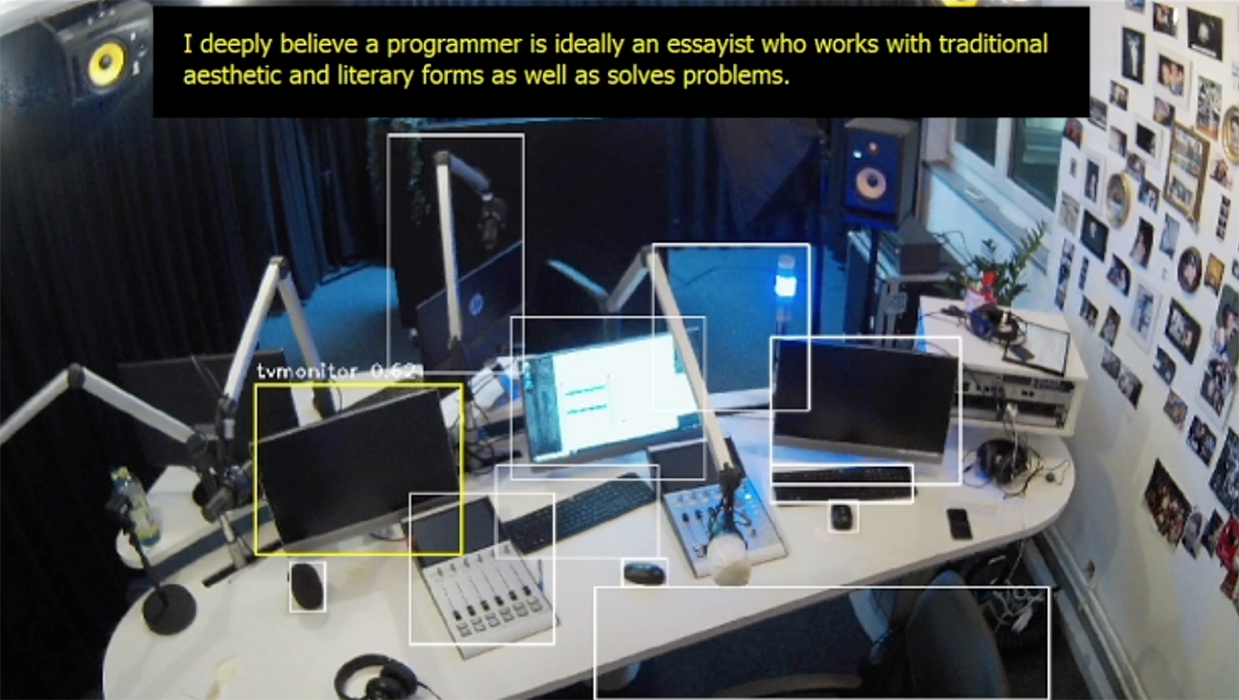
Das Ding (2021)
Margarita Gehl
(DE),
Jonas Peschel (DE) &
Constantin Ruchay
(DE)
What happens to an object when it becomes obsolete?
What happens when it realizes it?
The artifact „Das Ding“ tries to communicate with the viewer by showing video sequences
and
asking questions about humanity. Answers have an impact on the TV’s mood. It reacts
solely
by
displaying text boxes and showing footage it once played on itself. It wants to be
watched.

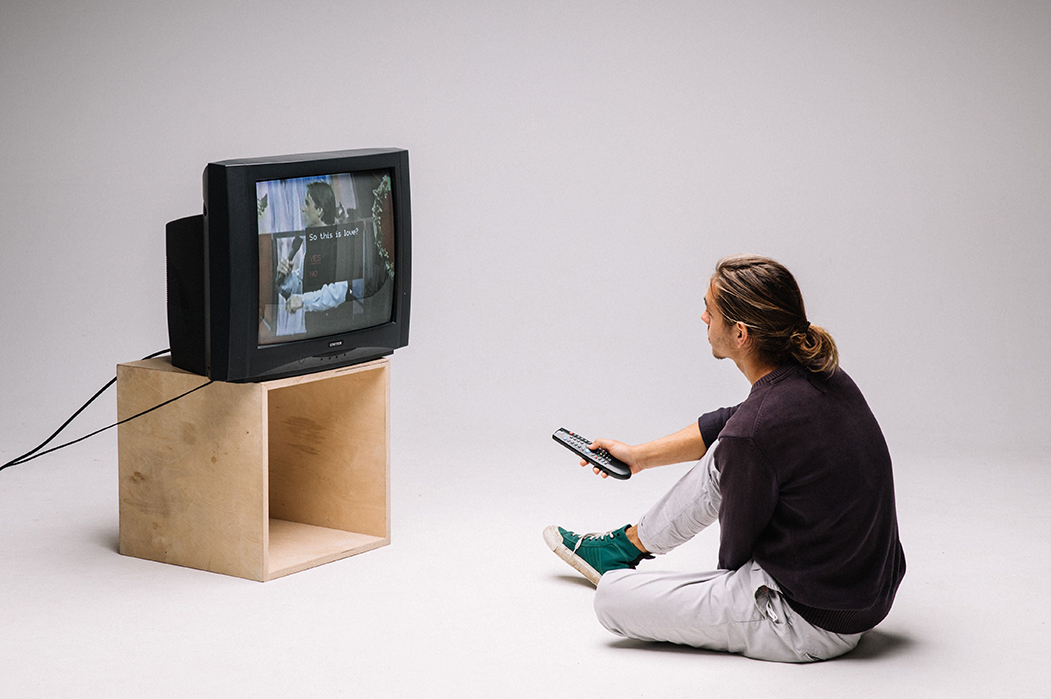
Shaped by News (2021)
Daniela Vogel (DE) &
Phuong Thao Phan (DE)
In present times, it once again becomes clear how much news are changing our view of the
world,
including fake news which are even more distorting our perspectives.
The website collects hoaxes from all over the Internet and visualizes them to create an
image of
a world where they might be true. As a metaphor for the distorted world, the user finds
himself
in a big city with skyscrapers
representing various news, which can either be true or false. While walking through the
city,
the user is encouraged to think about what is actually being seen and finally takes a
new
perspective and gets a different point of view of the city.
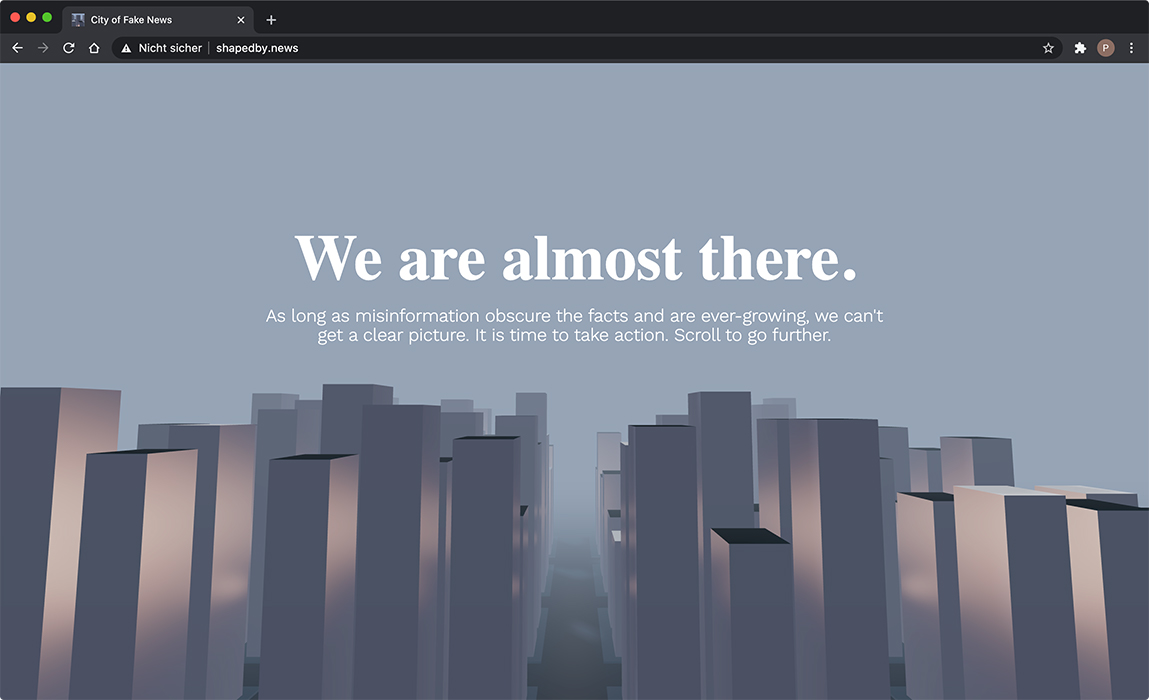
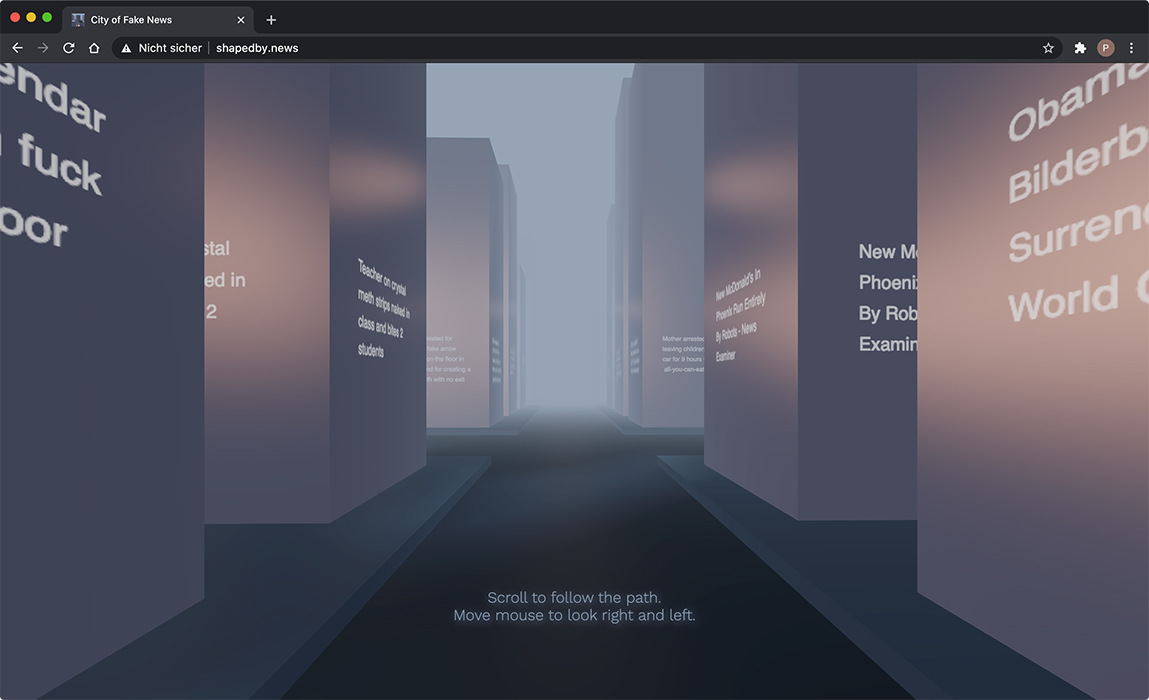
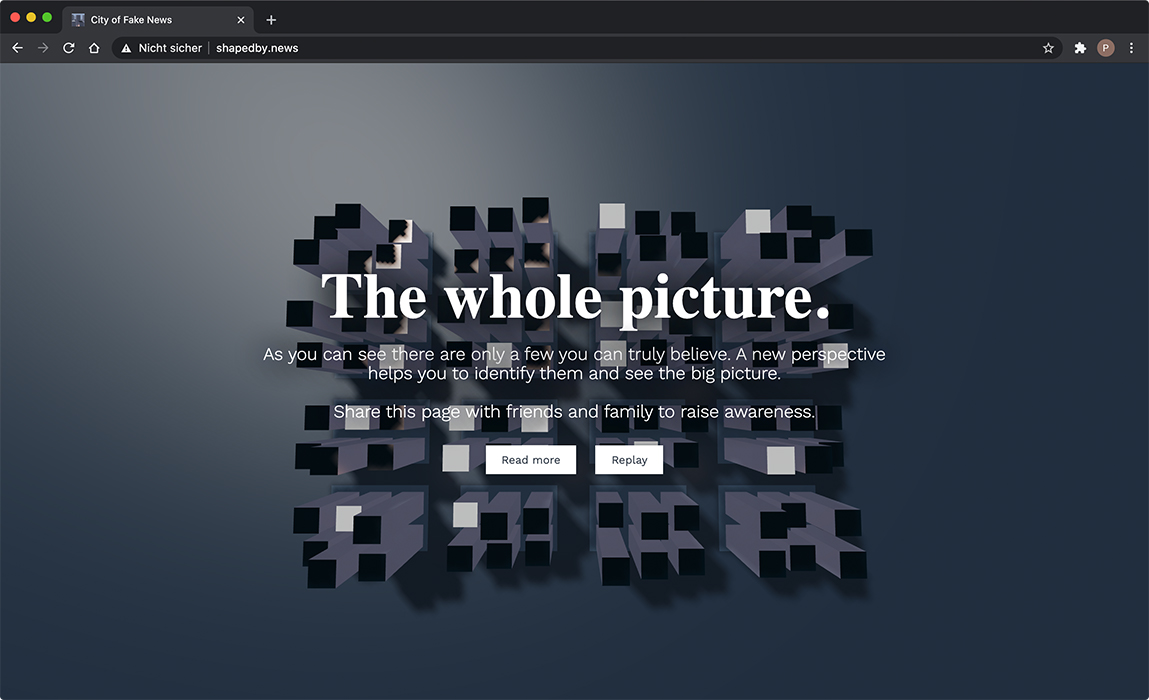
beyond words (2021)
Javier Rivera Vollmer (DE)
How does the future of Human-Machine-Interactions look like? How do they feel like if we overcome the traditional hierarchy between the user and the machine and choose a more symbiotic approach? In a future world, robots will be daily, omnipresent entities. As technology advances so will the way we interact with them, too. beyond words is an experimental installation that is based on these fundamental questions. It relies on connecting the user to the robot explicitly via their arm contractions and implicitly via their movement towards a reacting soft robot.
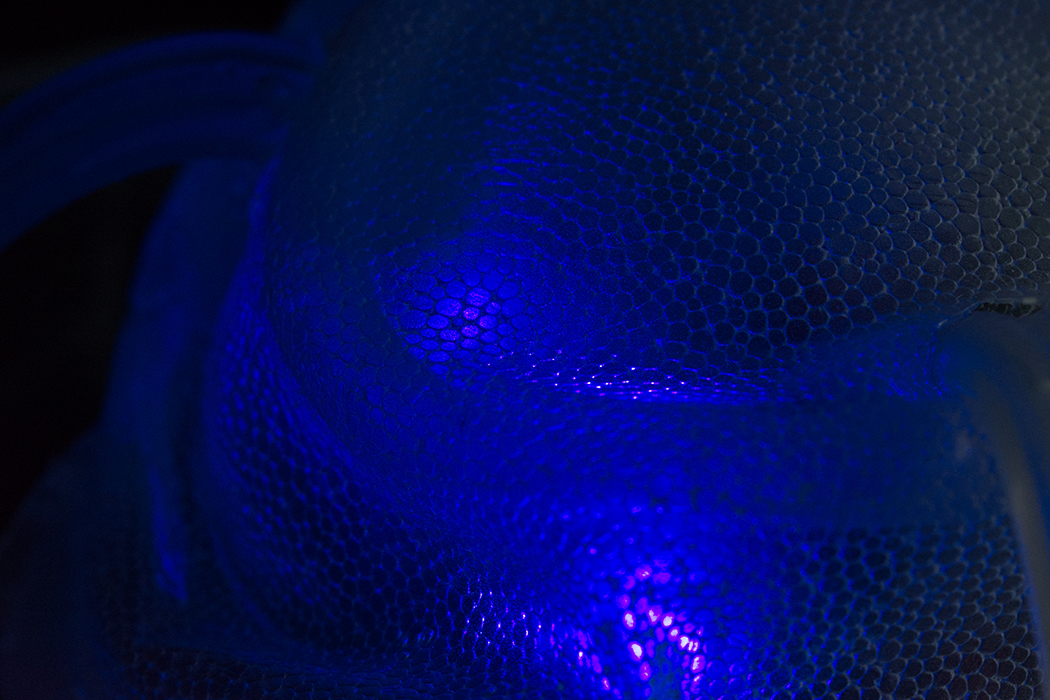
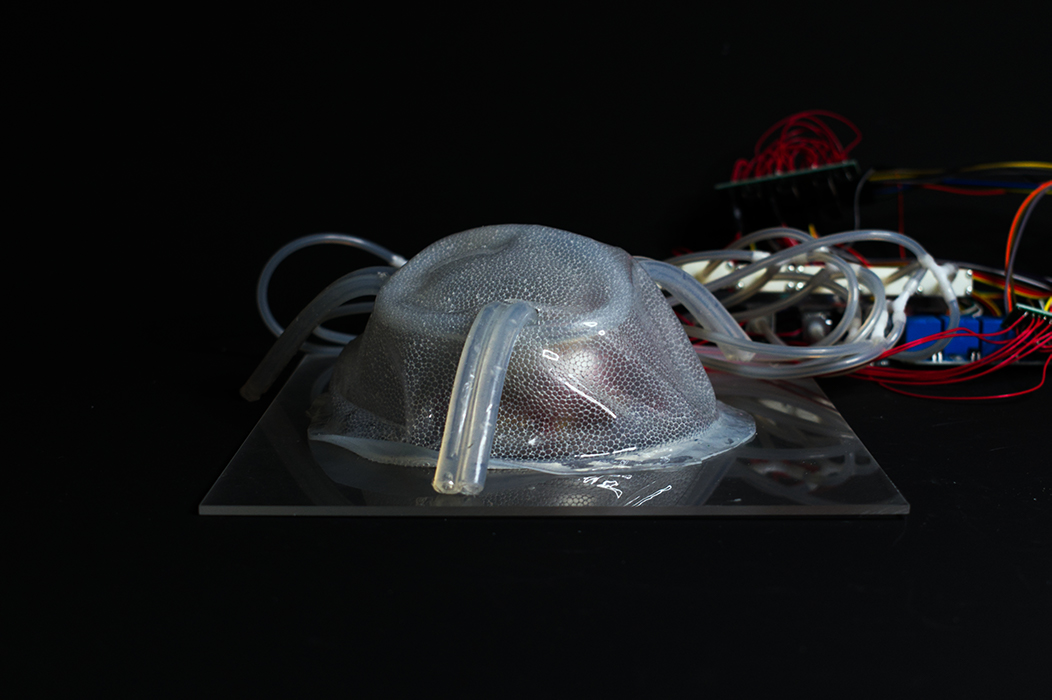
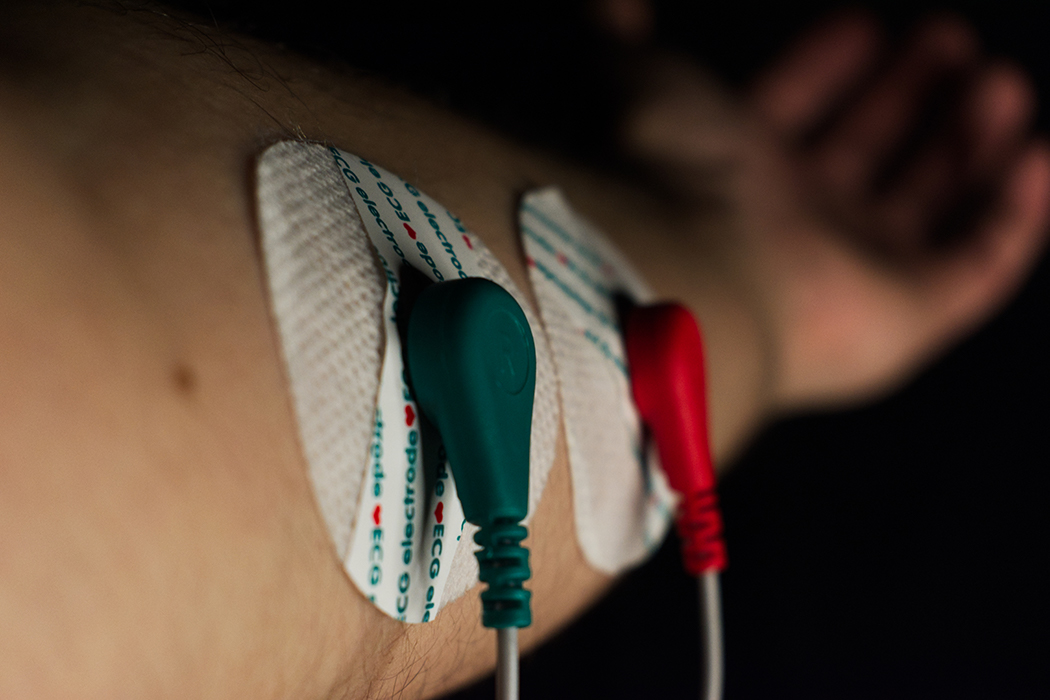
Rave.Space
Vertere Soundsystem, AlBird vs Dribla, Diskotetris & OXOPOHA & Nakadia
Additionally to the ongoing exhibition, the Garden Berlin is presenting an hybrid rave
night, at
Friday September 10th. Therefor people from all over the world are invited to join the
RAVE
SPACE, Berlins first virtual 3D club. DJs will perform live sets and visitors can join
the
rave
either virtually via the web-platform ravespace.club or in person at the exhibition
space in
Berlin (Reinbeckhallen). Get in touch with friends and strangers from all over the world
while
enjoying electronic music and art.
The RAVE SPACE also has a virtual art gallery in which artistic representations of the
real
Garden Berlin exhibits are displayed.

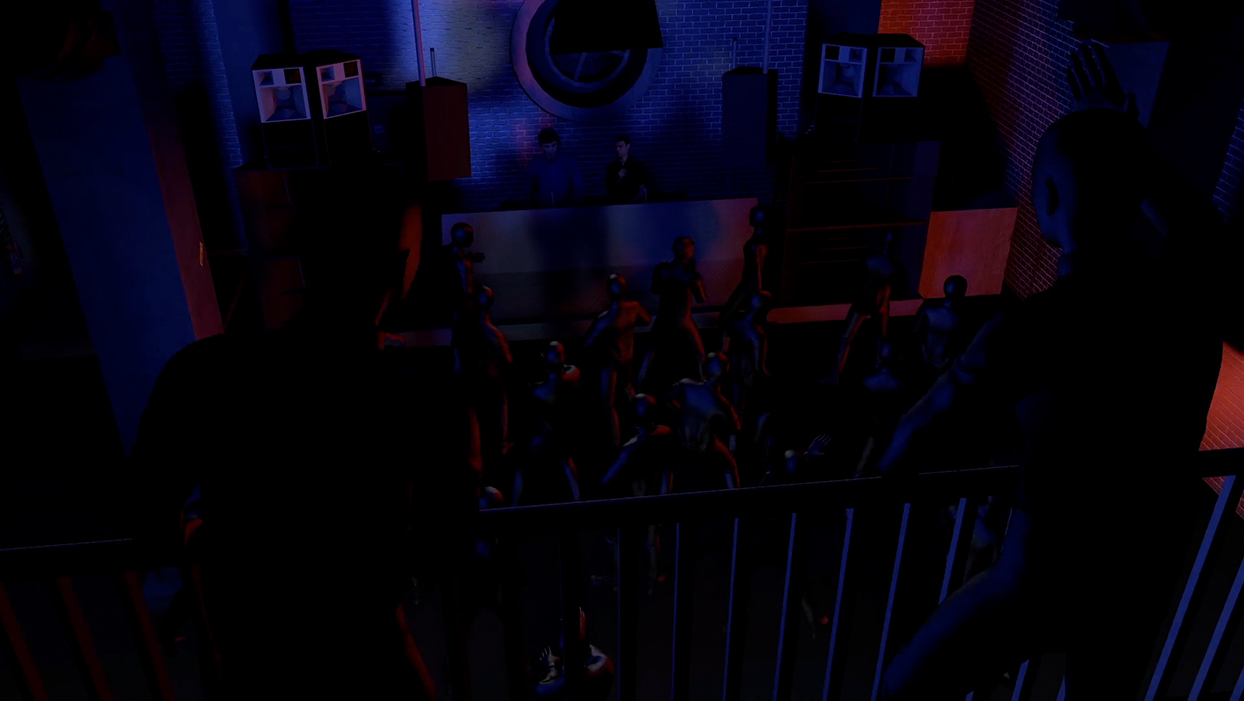
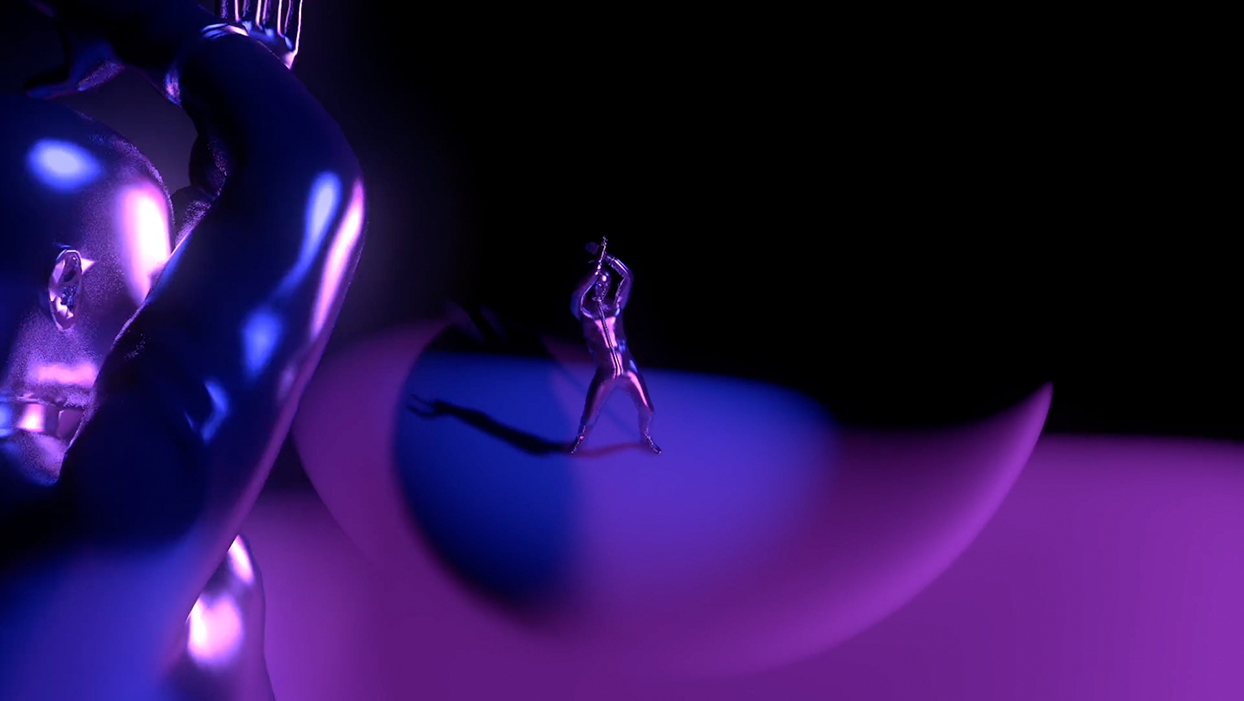
antorganic (2021)
Philip Gerdes
(DE),
Bernhard
Hoffmann
(DE),
Lara Ketzenberg
(DE)
&
Juliette Schminke
(DE)
Undefined structures formed into organic life ages ago, which is still the basis of our
existence, today. In the meantime, however, we feel superior to nature, and thus, become
a
danger to ourselves out of ignorance. Our installation questions the human totality,
shows
how
we harm ourselves and appeals for harmony between habitat and living beings.
The finished project will be shown via two projectors in the form of an audiovisual
installation. In the game
engine Unity, objects and animations react in real time to midi signals of the music
production
software Ableton Live. This creates a symbiosis between the auditory and visual levels.
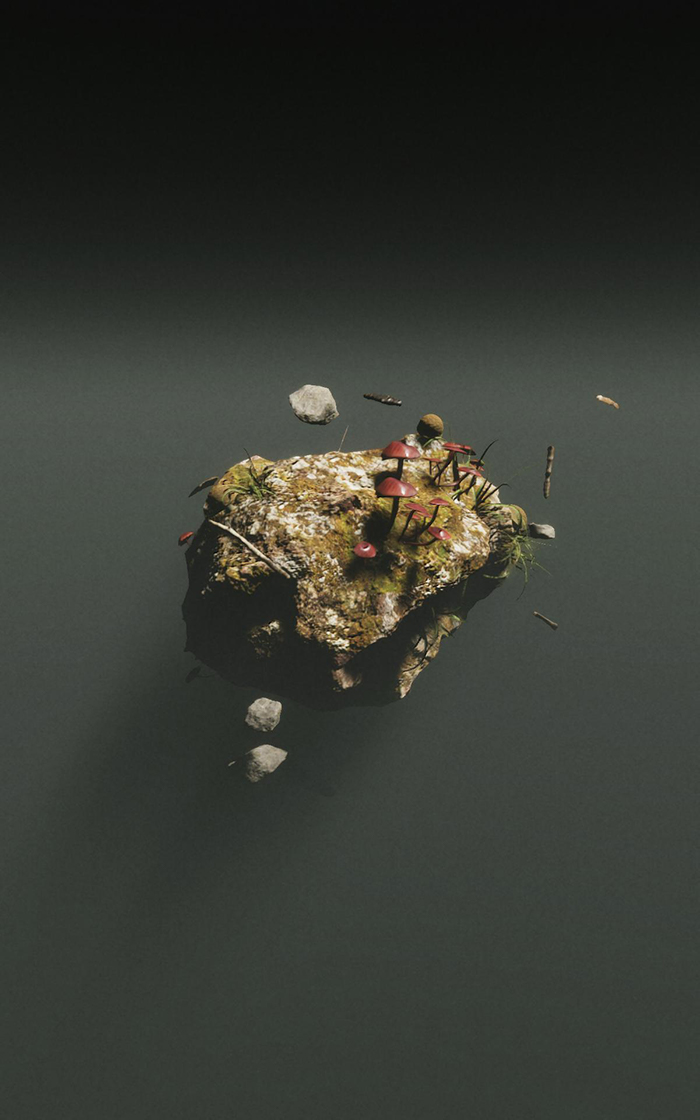
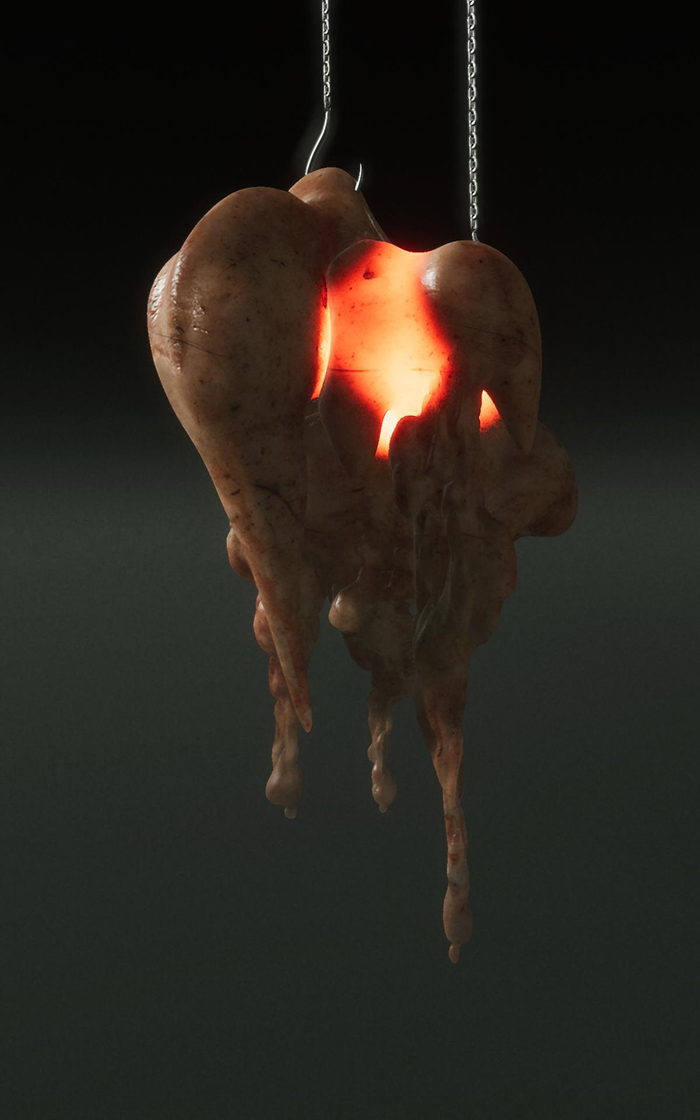
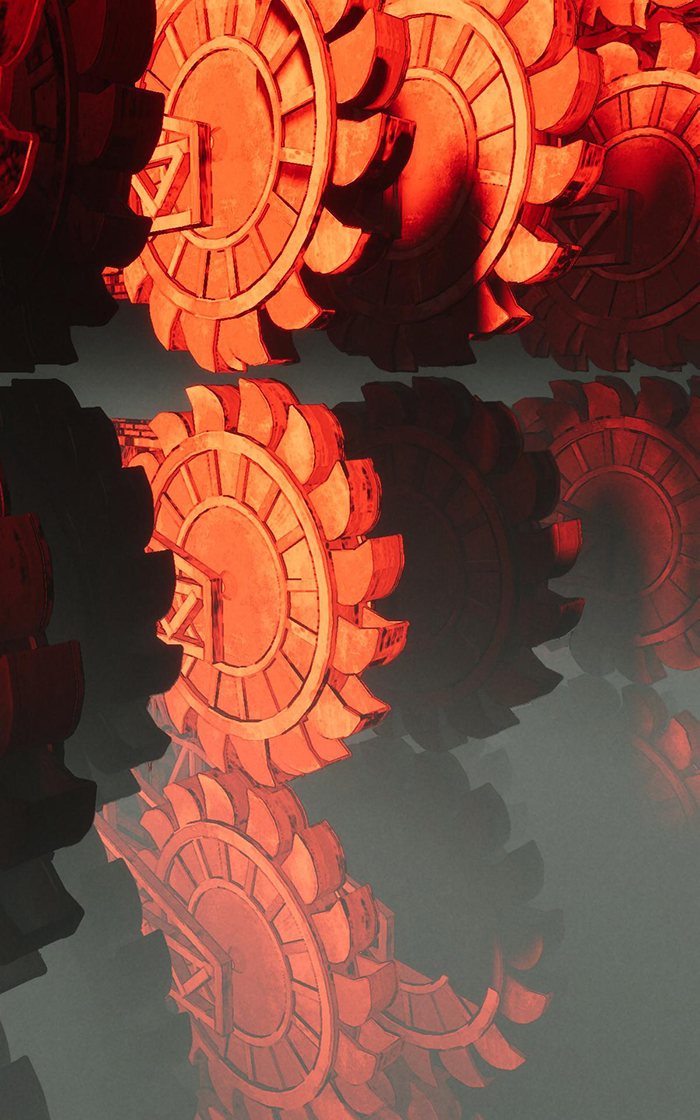
cogito (2021)
Linda Maas (DE)
It is the first time that someone asks her this question. She knows that people ask this question to find out about the state of mind or health of their counterpart. And she thinks about an answer for a long time... "cogito" deals with boundaries, between sensation and thought, the human and what tries to be human, homio sapiens and artificial intelligence. Here, probably the most everyday question we ask each other becomes the Sisyphean-calculation of an ai. "How are you?"

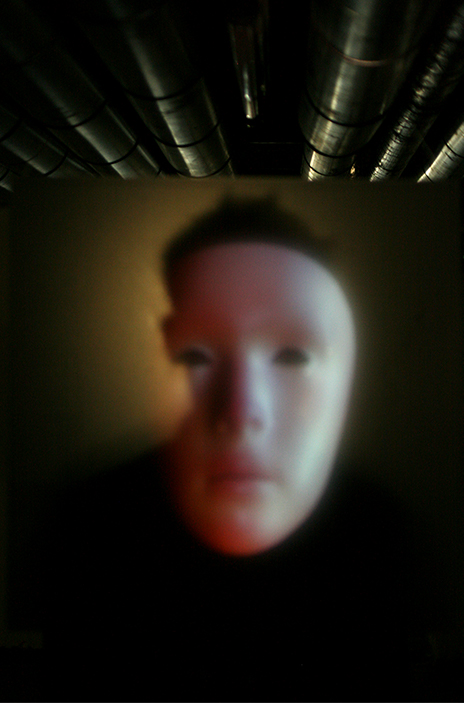
Golos (2021)
Iris Cakuli (AL),
Evgeni Dause
(DE)
&
Ekaterina Romanova
(RU)
We created an algorithm that measures the volume of 5 different sound frequencies of your
voice.
The program generates a customized 3D portrait of the voice based on the recorded
parameters
of
the sound wave.
Every voice is unique and reveals a lot of information about each person. We wanted to
create
visual fingerprints generated by people’s voices and underline the importance of voice
analysis
for further technology use.
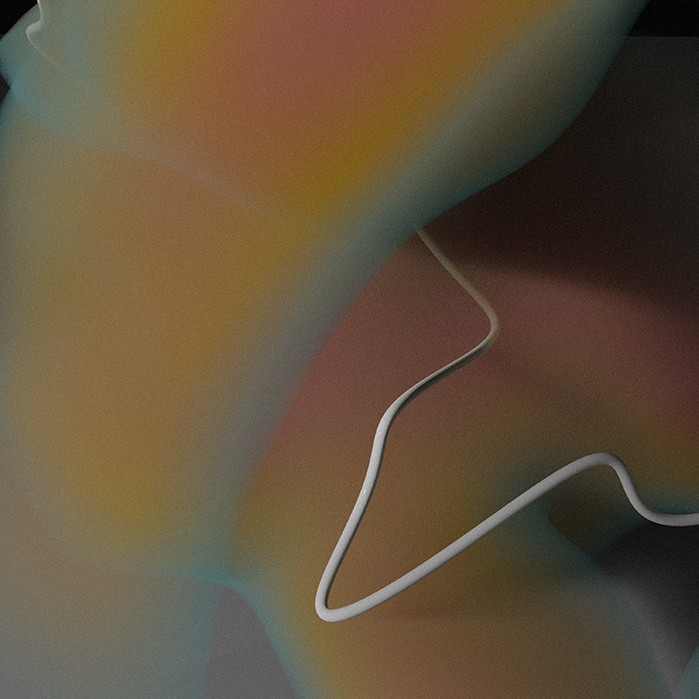
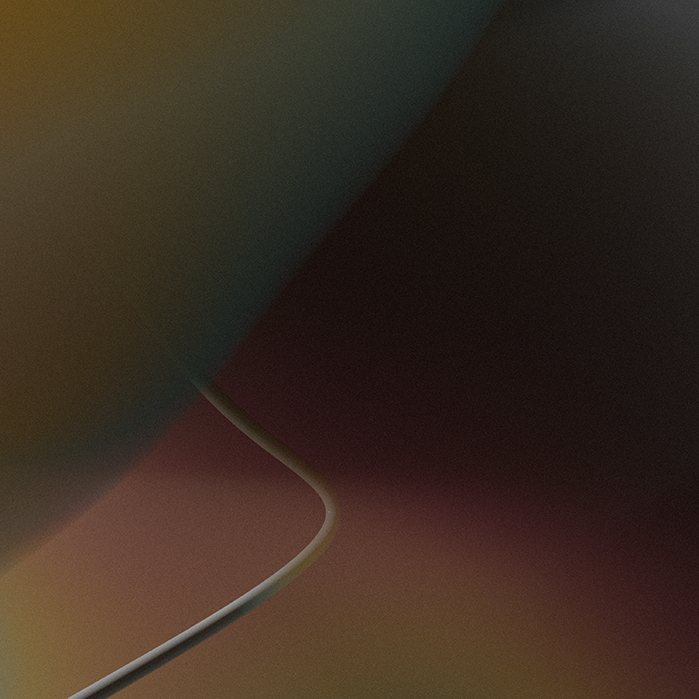

Almond Core_21 (2021)
Tim Schreiber (DE)
Fear is an integral part of our lives. Countless databases try to collect and evaluate
knowledge
about it. The concept deals with the question: How to get data transported in the analog
world
and create a direct confrontation?
“Almond Core_21” is a hybrid digital artifact consisting of data structures from the
Wikipedia
database. But it doesn’t want to be just a visualization, it wants to create a personal
engagement with the viewer. The viewer has to overcome himself and dare to look inside
the
core
to find out more...
The Core is waiting for you.

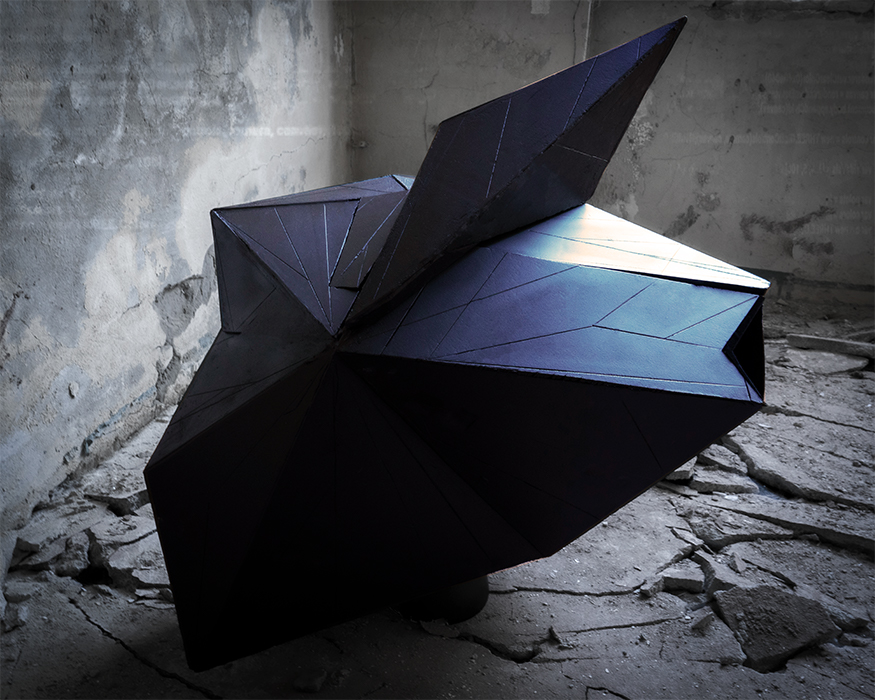
obsolescence (2021)
Sophie Boll (DE) &
Phuong Thao Phan (DE)
How many of us buy new clothes while still having so many in their wardrobe? Or buy a
new mobile phone after only two years even though the old one works perfectly fine? But
what happens with them afterwards?
This project takes a critical look at the throw-away society and deals with the
different life stages of a product.
The installation shows an animation which is projected onto five old tube TVs. Various
objects start to form around a stone base. After some time they fall off and become an
endless part of the environment.
The surrounding starts to fill up due to the conglomeration of none-biodegradable
objects showing the enormous environmental impact of products becoming obsolete.
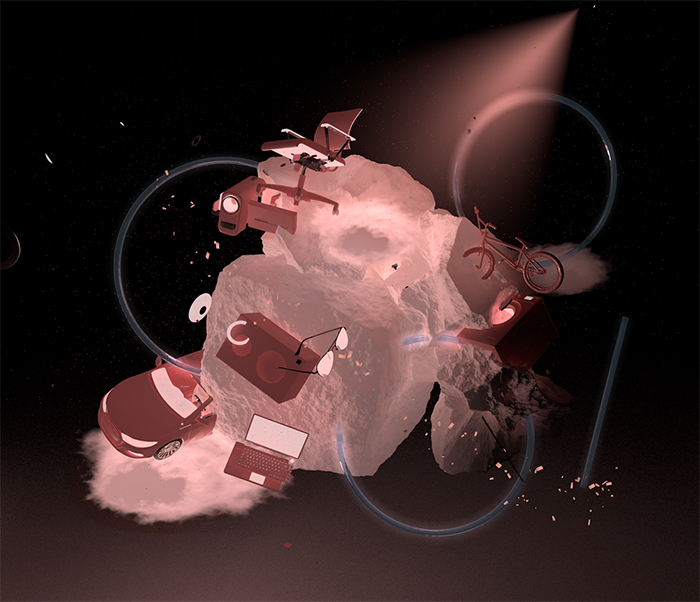


Festival University
Kaja
Mussenbrock
(DE) &
Kolja Walden (DE)
The Garden Berlin / the Communication Design programme is pleased to send two students
to
the hybrid Festival University "Transform your World" by Ars Electronica and Johannes
Kepler
University.
Get to
know
more here.
